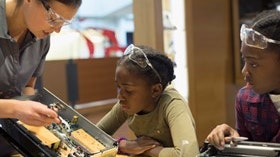Homepage
•
Learning Library
•
Blog
•
Open resources help CTE programs keep up with changes
Expand breadcrumbs
Expand breadcrumbs
- Learning Library
- Blog
- Open resources help CTE programs keep up with changes
- Homepage
- •
- Learning Library
- •
- Blog
- •
- Open resources help CTE programs keep up with changes
Open resources help CTE programs keep up with changes
By Nicole Krueger
March 8, 2018








